SOURCE: IANS
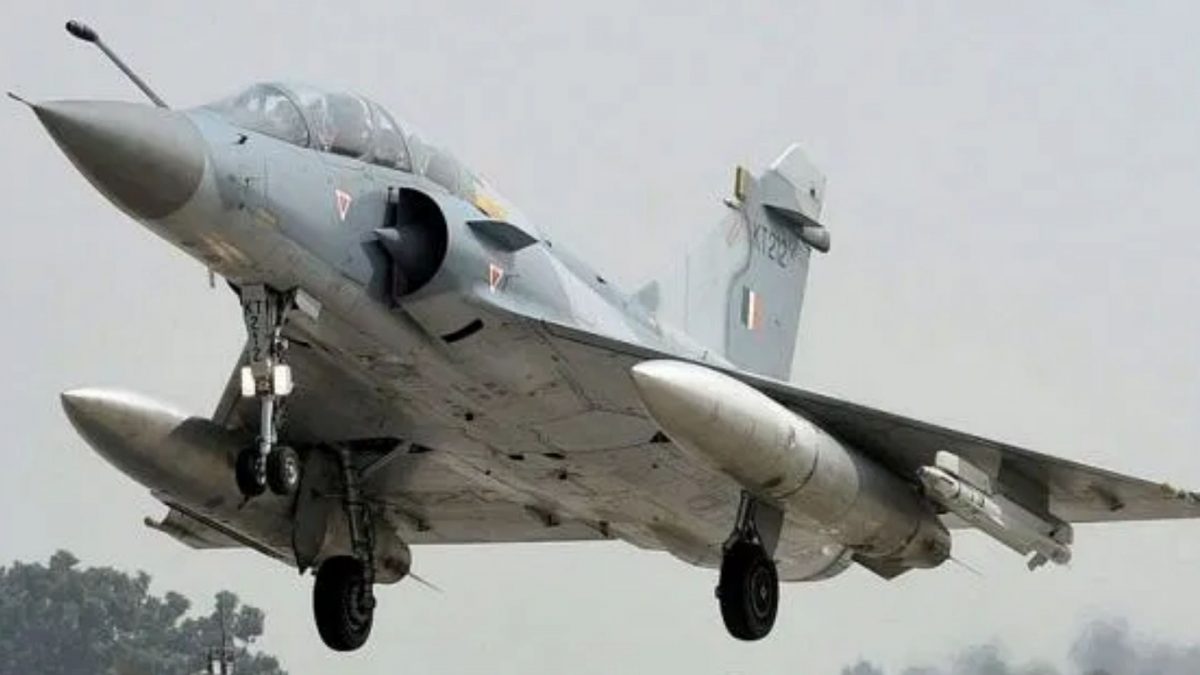)

India on Wednesday marked the sixth anniversary of the Balakot airstrike, carried out by the Indian Air Force (IAF) in response to the deadly Pulwama terror attack.
The airstrike was part of India’s campaign against cross-border terrorism and manifested the country’s willingness to take decisive action against terror infrastructure in Pakistan. The airstrike carried out in the very early hours of February 26, 2019, was a ‘punitive strike’ on a Jaish-e-Mohammed (JeM) facility in Pakistan Occupied Kashmir (PoK) in which Balakot-based terror camp was destroyed.
Continue readingSOURCE: RAUNAK KUNDE / NEWS BEAT / IDRW.ORG


India’s ambitious Advanced Medium Combat Aircraft (AMCA) program, aimed at delivering the nation’s first indigenous fifth-generation stealth fighter, is approaching a pivotal milestone: the selection of an engine partner. The Indian government, through the Defence Research and Development Organisation’s (DRDO) Gas Turbine Research Establishment (GTRE), is engaged in high-stakes negotiations with three global aerospace giants—General Electric (GE) from the United States, Rolls-Royce from the United Kingdom, and Safran from France—to co-develop a cutting-edge engine for the AMCA. With a possible decision slated by the end of 2025, this choice will shape the fighter’s performance, India’s defense self-reliance, and its strategic alignments for decades to come.
DRDO Chief Dr. Samir V. Kamat, speaking at Aero India 2025, confirmed the ongoing talks, stating, “We are in discussions with GE, Rolls-Royce, and Safran for the joint development and manufacturing of the AMCA engine. A decision is likely by the end of this year.” This timeline, echoed reports from idrw.org, reflects India’s urgency to finalize a partner and kickstart development, targeting engine trials by 2033 and production by 2035.
Continue readingSOURCE: RAUNAK KUNDE / NEWS BEAT / IDRW.ORG


The Defence Research and Development Organisation (DRDO) of India is embarking on an ambitious project to integrate Directed Energy Weapons (DEWs) into its aerial arsenal by developing a specialized DEW Pod for helicopters. This initiative aims to create a self-contained system that encapsulates all necessary subsystems, offering a new dimension to helicopter combat capabilities.
The DEW pod is envisioned as a multi-functional, integrated capsule containing all the necessary subsystems for seamless operation. The design aims to simplify integration while maximizing effectiveness. The following components form the backbone of this revolutionary system.
Continue readingSOURCE: RAUNAK KUNDE / NEWS BEAT / IDRW.ORG


The Defence Research and Development Organisation (DRDO) has laid out an ambitious vision for the future of the Indian military, focusing on the development of a humanoid robot army. These robots, designed to carry firearms and operate under human command, aim to participate in high-risk combat scenarios, thereby reducing the exposure of human soldiers to life-threatening situations.
According to insights shared with idrw.org, the Indian Army is showing a keen interest in integrating more robotics into its operational framework to alleviate the physical and psychological stress on its personnel. However, the specifics regarding what the Army expects from these humanoid units remain undefined. Current discussions between the DRDO, the Indian Army, and various academic institutions are still in the exploratory phase, with a clear understanding that this futuristic project could take anywhere from 15 to 20 years to reach operational deployment.
Continue readingSOURCE: AFI
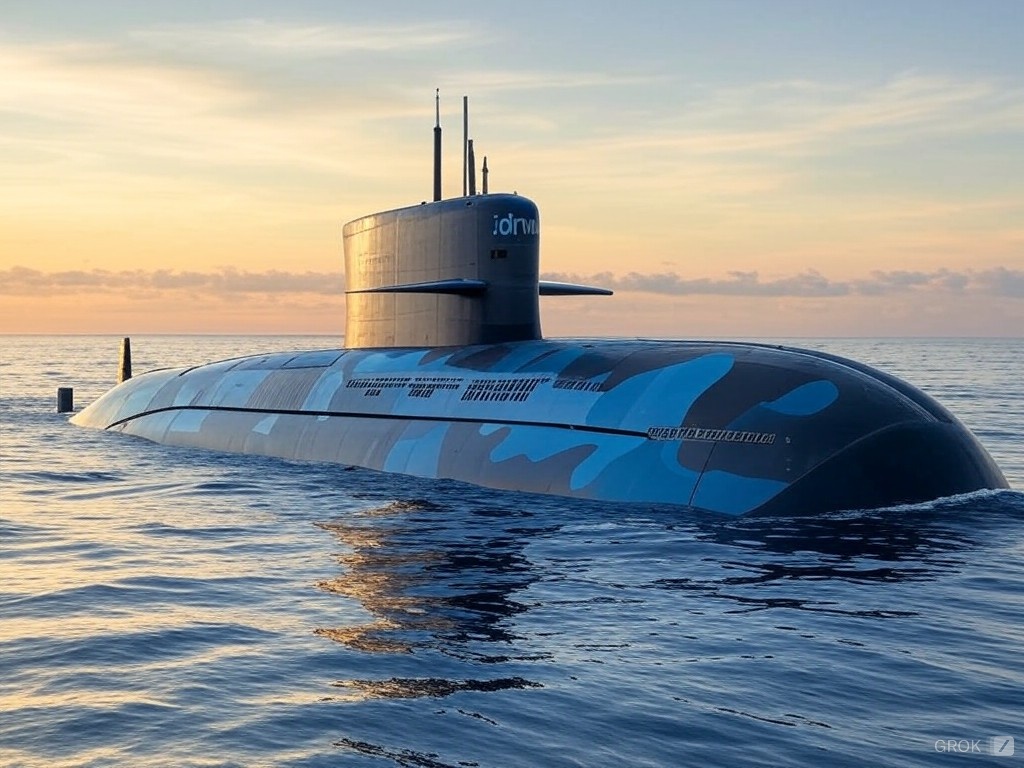

India’s naval modernization has hit a rare snag—not from adversaries, but from within its own ranks. Vice Admiral (Retd) KN Sushil, a seasoned submariner and former Commander-in-Chief of the Southern Naval Command, has publicly challenged the Defence Research and Development Organisation’s (DRDO) lead in designing submarines under Project-76. Speaking to News9 Plus Editor Sandeep Unnithan Sushil asked a pointed question: why is DRDO crafting a new submarine when the Navy’s own Submarine Design Group (SDG), nestled within the Directorate of Naval Design (DND), is fully equipped to do the job? He further questioned the need for design approval if DRDO claims such capability, igniting a debate that cuts to the heart of India’s defense ecosystem.
Project-76 is DRDO’s bold bid to deliver six next-generation electric-conventional (diesel-electric) submarines, with Cabinet Committee on Security (CCS) approval expected by April 2025. Touted as 90-95% indigenous, these 3,000-4,000-ton boats promise advanced features DRDO’s phosphoric acid-based Air-Independent Propulsion (AIP), lithium-ion batteries, pump-jet propulsion, and possibly vertical launch systems (VLS) for cruise missiles. The agency aims to finalize the design by 2028, with the first hull afloat by 2033-34—a timeline synced with the Navy’s urgent need to counter China’s 40-plus conventional subs and Pakistan’s growing fleet.
Continue readingSOURCE: AFI


Cingularity Aerospace, based in Bangalore, has introduced an innovative solution for military training with their new Tow Body Haulers, dubbed “Pratyaksha.” Designed as a Slow Speed Soft Reusable Target, this system aims to provide realistic, safe, and cost-effective training for air-to-air engagements.
The tow body comprises a cylindrical chute, measuring 5 meters in length and 3 meters in diameter, painted in daylight orange for visibility, ensuring it can be easily spotted during training exercises.
Continue readingSOURCE: AFI


The People’s Liberation Army Air Force (PLAAF) has ramped up the testing phase of its new J-35A stealth fighter, signaling a significant advancement in China’s aerial combat capabilities. This development has broader implications, particularly for the naval version, soon to be designated as the J-35C, and for international partners like the Pakistan Air Force (PAF).
The PLAAF’s decision to speed up trials of the J-35A indicates a strategic focus on integrating this new stealth fighter into its fleet. With the J-20 already in full-speed production, the urgency for the J-35A might be less about immediate operational needs and more about expanding the PLAAF’s stealth capabilities.
Continue readingSOURCE: AFI


In a significant advancement for tactical gear, Delhi-based ArmasenTactical has introduced its latest High Cut Ballistic Helmet Cover, featuring a unique detachable counterweight/battery pack system. This innovative accessory is set to redefine how tactical operators manage their gear for enhanced comfort and functionality.
Armasen Tactical’s new helmet cover is designed to integrate seamlessly with high-cut ballistic helmets, offering operators a blend of comfort, customization, and utility. Here’s what makes this product stand out.
Continue readingSOURCE: IDRW.ORG


Aviation industrial expert Mahesh Hegde has raised concerns regarding the rationale behind the development of the RTA-90 aircraft based on turboprop engines, given the limited demand for such aircraft in India. Speaking to idrw.org, Hegde emphasized that market projections from major aerospace manufacturers indicate a marginal requirement for turboprop-powered regional jets in India over the next two decades.
According to Hegde, procurement projections by all major aerospace vendors that manufacture commercial jets suggest that only 6 percent of the total planned aircraft procurement by Indian airline operators in the next 20 years will consist of turboprop-powered regional jets. Instead, the market will be dominated by narrowbody jets, with a particular preference for aircraft in the A321 class, which are powered by high-bypass turbofan engines rather than turboprop engines.
Continue readingSOURCE: IDRW.ORG


Bengaluru-based NewSpace Research and Technologies (NRT) is once again pushing the boundaries of India’s aerospace and defense innovation with the Ishuk—a miniaturized glide device that transforms a basic aerial iron bomb into a precision-guided powerhouse. Unveiled as a marvel of aerodynamics and engineering, this compact system promises to revolutionize kinetic strikes with its pinpoint accuracy, exceptional range, and adaptability across multi-rotor and fixed-wing platforms. Designed for steep, direct attacks with minimal drag on its carrier aircraft, Ishuk signals NRT’s ascent as a trailblazer in unmanned aerial systems (UAS)—and a potent force multiplier for India’s armed forces.
At its core, Ishuk is a retrofit genius. It takes a standard unguided “dumb” bomb—typically a low-cost, high-explosive workhorse—and outfits it with a high-precision guidance and control kit. The result? A glide bomb that rivals costlier precision munitions in accuracy and lethality, without the hefty price tag. With a low radar cross-section and a high glide ratio, Ishuk extends the bomb’s range far beyond traditional free-fall limits, allowing strikes from safer standoff distances. Weighing next to nothing compared to its payload, it ensures the carrier—be it a drone or manned aircraft—suffers minimal performance penalty, a critical edge in dynamic combat zones.
Continue readingSOURCE: AFI
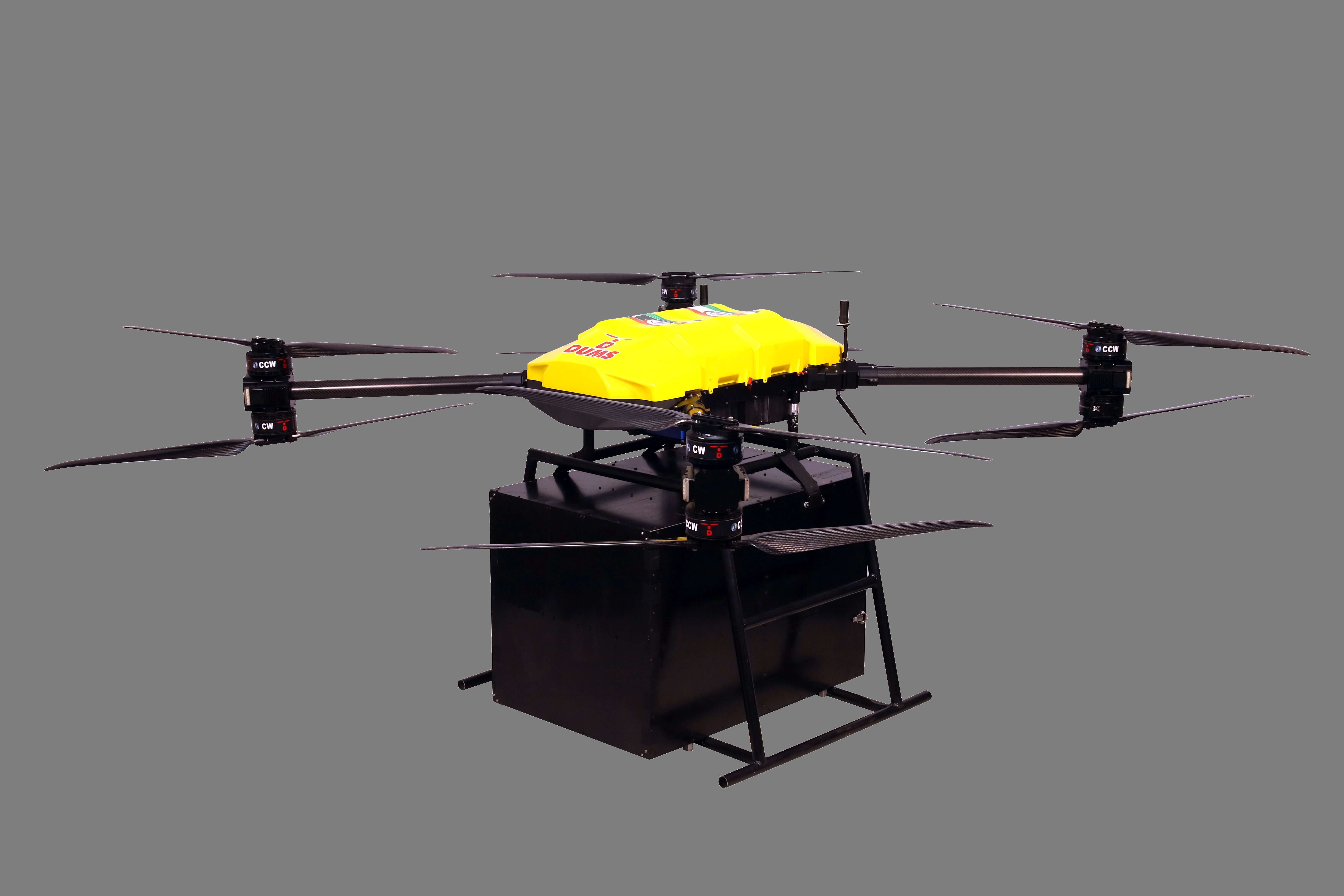

India’s defense establishment has delivered a sharp rebuke to its domestic drone industry, terminating three contracts worth over Rs 230 crore for 400 logistics drones from a Chennai-based private company. Signed in 2023 under emergency procurement provisions, these deals—for 200 medium-altitude, 100 heavy-weight, and 100 light-weight drones—were meant to bolster the Indian Army’s capabilities along the tense 3,488-kilometer Line of Actual Control (LAC) with China. But the discovery of Chinese components in these supposedly indigenous systems has sparked a firestorm, exposing deep flaws in India’s defense supply chain—and prompting calls for tougher measures to root out foreign reliance.
The contracts’ cancellation, confirmed in early February 2025, follows a year of scrutiny that began with a suspension in August 2024. Defense sources revealed that investigations uncovered Chinese-origin electronics embedded in the drones, raising fears of cybersecurity breaches—data leaks, malware, or remote hijacking—that could compromise operations along the LAC, where tensions have simmered since the 2020 Galwan clash. The Chennai firm, widely identified as Dhaksha Unmanned Systems in media reports, had secured the deal under a fast-tracked process to meet urgent Army needs. Yet, what was hailed as a “Make in India” triumph unraveled when the Chinese link surfaced, echoing a broader pattern of dependency that industrial watchers say threatens national security.
Continue readingSOURCE: AFI
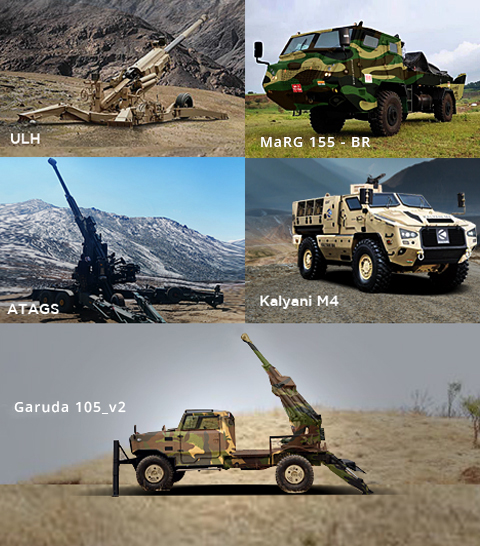

In a significant boost to India’s defense industrial landscape, Kalyani Strategic Systems Limited (KSSL), a wholly-owned subsidiary of Bharat Forge Limited, is set to unveil a state-of-the-art manufacturing facility in Jejuri, near Pune. This new plant, slated to become operational soon, will have the capacity to produce 250-300 artillery guns and over 1,000 military vehicles annually, positioning KSSL as a powerhouse in the global defense market and reinforcing India’s push toward self-reliance under the Atmanirbhar Bharat initiative.
Located just 40 kilometers from Pune, Jejuri is emerging as a hub for KSSL’s defense operations, consolidating the company’s diverse defense portfolio under one roof. This sprawling facility is designed to meet both domestic and international demand for advanced artillery systems and military vehicles, reflecting KSSL’s ambition to scale up production and compete with the world’s leading defense manufacturers. With an annual capacity of 250-300 artillery guns—equivalent to nearly one gun per day—the plant will rank as the second-largest artillery producer globally by volume, trailing only China’s state-owned NORINCO.
Continue readingSOURCE: AFI


The Hellenic Air Force (HAF) finds itself at a crossroads as it grapples with the future of its Mirage 2000-5 fighter jets. Once a cornerstone of Greece’s aerial defense, these aircraft—acquired to counter regional rival Turkey—are facing an uncertain destiny. Efforts to offload them to potential buyers like India and France have faltered, leaving Athens to contemplate their gradual phase-out as maintenance challenges loom large. With a critical support contract set to expire in 2027 and no clear renewal in sight, the Mirage 2000-5’s days in Greek service may be numbered.
Greece’s attempts to divest its fleet of 25 Mirage 2000-5 jets have hit a wall. Both India and France, initially seen as viable markets, have declined to pursue the deal. India, which operates an older Mirage 2000 variant, showed fleeting interest in acquiring the -5 models as a stopgap to bolster its depleting fighter squadrons. However, New Delhi’s focus has shifted toward indigenous programs like the Tejas and potential acquisitions of more advanced platforms, such as the Lockheed Martin F-35 or additional Dassault Rafales, rendering the Greek offer less appealing.
Continue readingSOURCE: AFI


Bengaluru-based deep-tech startup Optimized Electrotech has achieved a groundbreaking milestone with the development of India’s first Generation 5 (Gen 5) AI-driven imaging seeker, named “Harpy Sight.” Announced in February 2025, this cutting-edge technology promises to redefine precision targeting and surveillance capabilities for India’s defense forces, integrating advanced artificial intelligence with electro-optical systems. As the nation accelerates its push for indigenous defense solutions under “Aatmanirbhar Bharat,” Optimized Electrotech’s innovation positions it at the forefront of India’s burgeoning aerospace and defense sector.
Founded in 2017 by Sandeep Shah, Anil Yekkala, Dharin Shah, Kuldeep Saxena, and Purvi Shah, Optimized Electrotech has carved a niche in imaging surveillance, blending AI with electro-optics to serve both strategic and commercial clients. With its prototyping and R&D hub in Bengaluru—India’s Silicon Valley—the startup has now unveiled Harpy Sight, designed for real-time target detection, advanced guidance, and seamless integration with micro-missiles and unmanned aerial vehicles (UAVs). This marks a significant leap beyond traditional seekers, heralding a new era of intelligent, autonomous weapon systems
Continue readingSOURCE: AFI
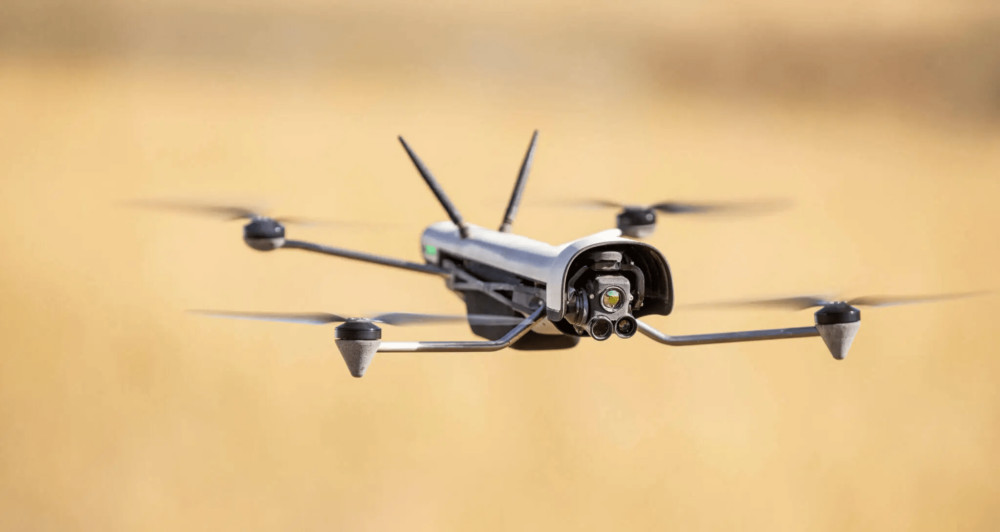

Mumbai-based ideaForge Technology Limited, a leading name in India’s drone manufacturing sector, has taken a significant step toward expanding its global footprint by announcing a strategic investment and partnership with Vantage Robotics, a California-based firm specializing in nano and micro unmanned aerial vehicles (UAVs). This collaboration, revealed on February 20, 2025, marks a pivotal moment for both companies as they aim to leverage each other’s strengths to revolutionize the UAV industry.
ideaForge, ranked third globally among dual-use drone manufacturers by Drone Industry Insights in 2024, has built a reputation for delivering cutting-edge UAV solutions for defense, security, and industrial applications. The company, headquartered in Mumbai with advanced R&D and manufacturing hubs in Navi Mumbai and Bengaluru, has now set its sights on enhancing its offerings and deepening its presence in the North American market through this alliance with Vantage Robotics.
Continue reading